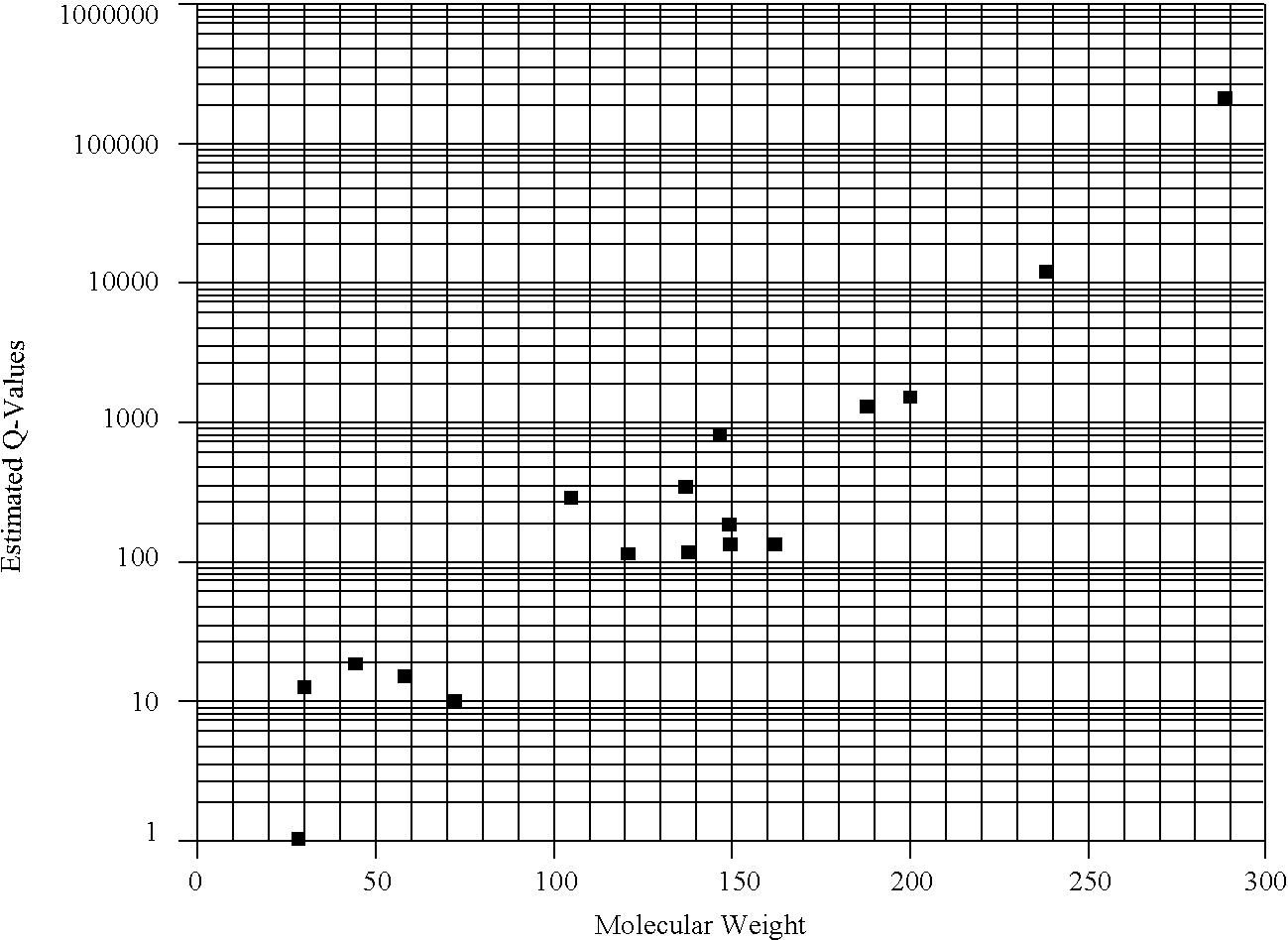Method of ultrasound imaging
a technology of ultrasound imaging and ultrasound contrast, applied in the field of ultrasound imaging, can solve the problems of limiting the use of ultrasound contrast-enhancing agents, difficult to obtain useful images of organs or structures of interest, and poor quality of traditional ultrasound images, so as to improve the quality and usefulness of ultrasound imaging
- Summary
- Abstract
- Description
- Claims
- Application Information
AI Technical Summary
Benefits of technology
Problems solved by technology
Method used
Image
Examples
example 1
An ultrasound contrast agent was prepared using decafluorobutane as the microbubble-forming gas. A solution was prepared containing:
sorbitol 20.0 gNaCl 0.9 gsoy bean oil 6.0 mLTween 20 0.5 mLwater q.s.100.0 mL
A soapy, clear, yellow solution was afforded with stirring. A 10 mL aliquot of this solution was taken up in a 10 mL glass syringe. The syringe was then attached to a three-way stopcock. A second 10 mL syringe was attached to the stopcock and 1.0 cc of decafluorobutane (PCR, Inc., Gainesville, Fla.) was delivered to the empty syringe. The stopcock valve was opened to the solution-containing syringe and the liquid and gas phases mixed rapidly 20-30 times. A resulting milky-white, slightly viscous solution was obtained.
example 2
The gas emulsion obtained in Example 1 was diluted with water (1:10 to 1:1000), placed in a hemocytometer, and examined under the microscope using an oil immersion lens. The emulsion consisted of predominately 2-5 micron bubbles. The density was 50-100 million microbubbles per mL of original undiluted formulation.
example 3
The formulation of Example 1 was prepared and echocardiography performed in a canine model. A 17.5 kg mongrel dog was anesthetized with isoflurane and monitors established to measure ECG, blood pressure, heart rate, and arterial blood gases according to the methods described by Keller, M W, Feinstein, S B, Watson, D D: Successful left ventricular opacification following peripheral venous injection of sonicated contrast agent: An experimental evaluation. Am Heart J 114:570d (1987).
The results of the safety evaluation are as follows:
MAXIMUM PERCENTAGE CHANGE IN MEASUREDPARAMETER WITHIN 5 MIN POST INJECTIONAORTICPRESSURESYS-DIASTO-BLOODTOLICLICGASESHEARTDOSEmm HgMEANPaO2PaCO2pHRATE0.5 mL+6, −14+9, 0+8, −632958.17.26+10 −191.0 mL+9, −2+5, −1+4, −4+1, −42.0 mL+5, −3+5, −1+5, −10, −13.0 mL+6, −2+7, 0+4, −30, −34.0 mL+5, −1+3, −3+5, −30, −35.0 mL0, −10+1, −30, −4+1, −17.0 mL0, −130, −80, −931328.67.360, −1
All changes were transient and returned to baseline values typically within 3-6 minut...
PUM
 Login to View More
Login to View More Abstract
Description
Claims
Application Information
 Login to View More
Login to View More - R&D
- Intellectual Property
- Life Sciences
- Materials
- Tech Scout
- Unparalleled Data Quality
- Higher Quality Content
- 60% Fewer Hallucinations
Browse by: Latest US Patents, China's latest patents, Technical Efficacy Thesaurus, Application Domain, Technology Topic, Popular Technical Reports.
© 2025 PatSnap. All rights reserved.Legal|Privacy policy|Modern Slavery Act Transparency Statement|Sitemap|About US| Contact US: help@patsnap.com



